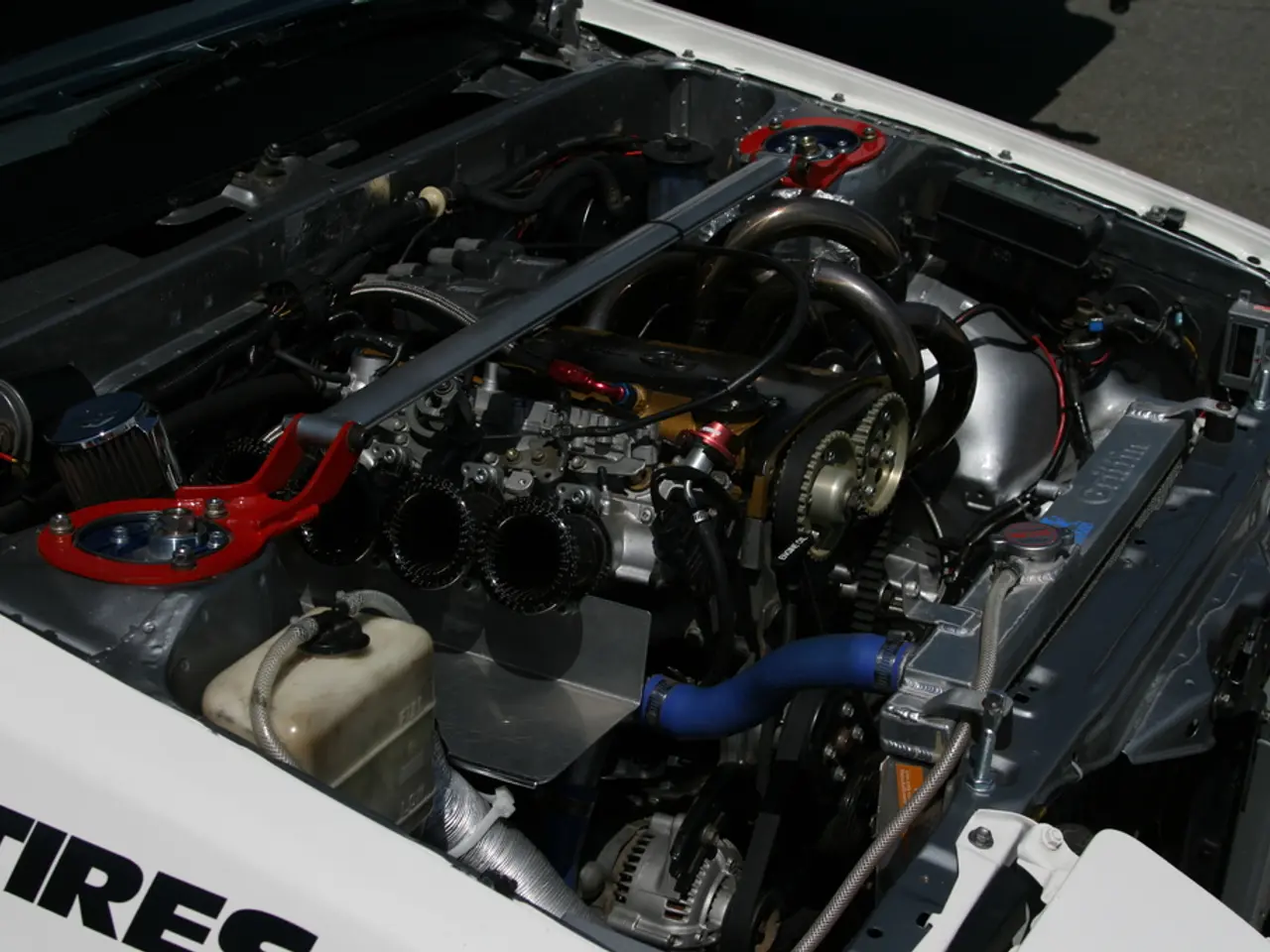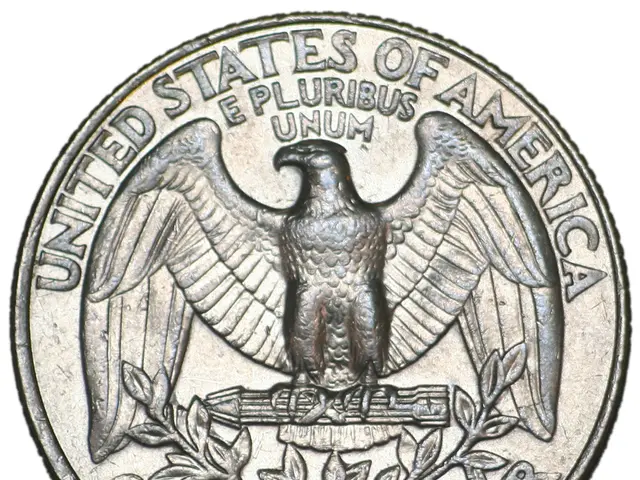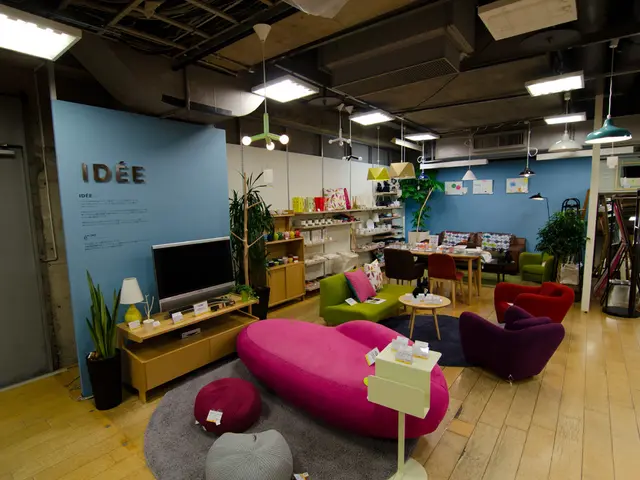Autonomously mending batteries: New technology for electric vehicles extends lifespan and travel distance
The PHOENIX project, a European Union-funded initiative, is working on developing self-healing batteries for electric vehicles (EVs). This innovative approach aims to extend battery life, increase safety, and reduce the need for new battery metals[1][2].
The project combines expertise from several EU countries to develop sensors monitoring key parameters beyond traditional voltage and temperature, including battery expansion, heat distribution, and detection of hazardous gases such as hydrogen and carbon monoxide[2]. Once sensors detect signs of degradation or safety risks, automated triggers activate self-repair mechanisms.
One strategy involves thermal treatment that induces unique chemical bonding to restore battery structures or the use of magnetic fields to disrupt harmful dendrites within the electrodes[2]. By enabling batteries to autonomously sense and repair aging or damage, the project aims to prolong the effective lifespan of EV batteries to over a decade, decreasing the turnover rate of batteries[1][2].
The longer battery life and improved safety reduce demand for newly mined lithium, nickel, copper, and other critical metals, helping to mitigate the environmental and supply risks associated with raw material extraction[1]. The self-healing process can involve squeezing the battery back into shape or applying targeted heat to trigger self-repair mechanisms. Another self-healing approach uses magnetic fields to break up dendrites, branching metallic structures that can cause short circuits and failures.
The goal of PHOENIX is to increase battery life, make them safer, and reduce the need for new battery metals. This innovative approach is designed not only to improve user experience by sustaining battery performance and range longer but also to address broader sustainability and safety challenges in the EV industry[1][2].
In March 2025, a new batch of sensor prototypes and triggers was developed and shipped to partners for testing on battery pouch cells[3]. The PHOENIX team, led by Yves Stauffer at the Swiss Center for Electronics and Microtechnology, is also researching chemical bonding that could bounce back under thermal treatment, as Sufu, a battery chemist at CSEM who works on PHOENIX, is investigating[4].
As electric vehicle sales in Europe surge, up 20% in February compared to the same month in 2024[5], the development of self-healing batteries could significantly reduce the carbon footprint of EVs, offering a win-win for both consumers and the environment.
[1] [https://www.researchgate.net/publication/350277781_PHOENIX_Project_Self-healing_Batteries_for_Electric_Vehicles] [2] [https://www.phoenix-project.eu/sites/default/files/2020-08/PHOENIX_Factsheet_0.pdf] [3] [https://www.phoenix-project.eu/news/phoenix-project-develops-new-sensor-prototypes-for-self-healing-batteries] [4] [https://www.phoenix-project.eu/news/phoenix-project-develops-new-sensor-prototypes-for-self-healing-batteries] [5] [https://www.bloomberg.com/news/articles/2023-03-01/europe-electric-car-sales-surge-in-february-as-buyers-snap-up-tesla]
Science plays a crucial role in the development of self-healing technologies for EV batteries within the PHOENIX project, as researchers delve into chemical bonding and magnetic fields to enhance battery performance and lifespan. Technology, specifically self-healing sensors and triggers, is used to detect degradation and activate repair mechanisms in the batteries, contributing to overall safety and sustainability in the EV industry.




